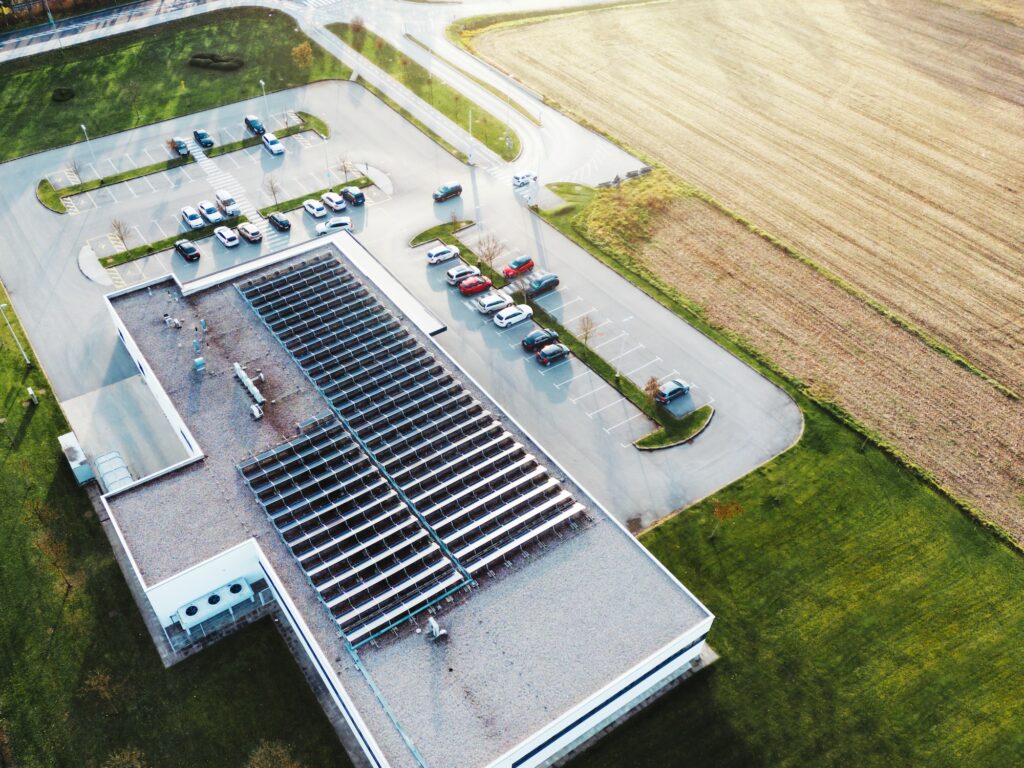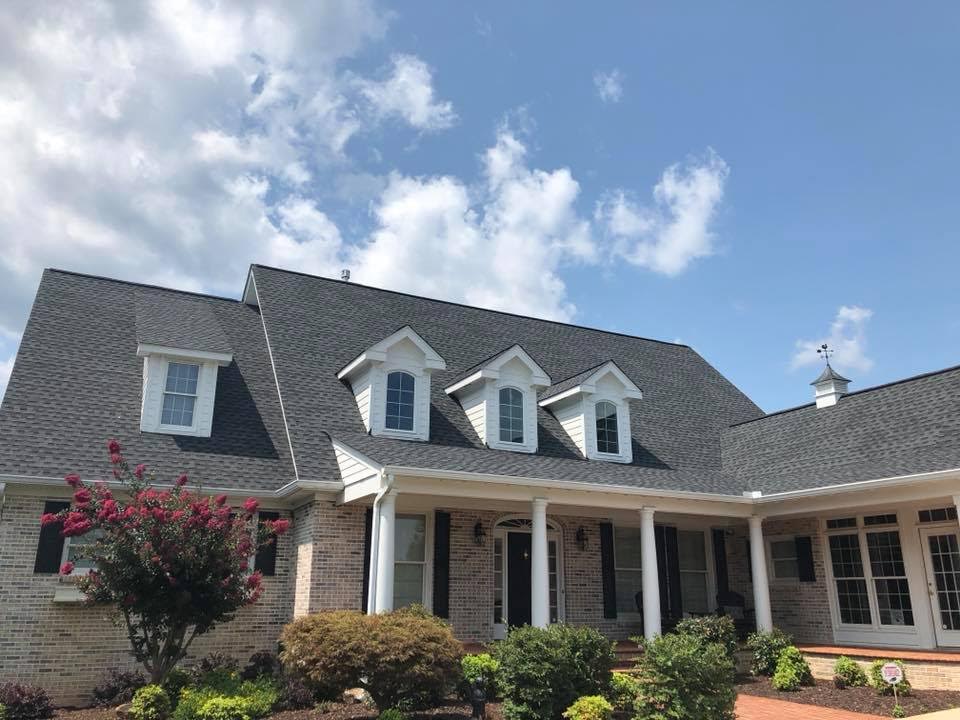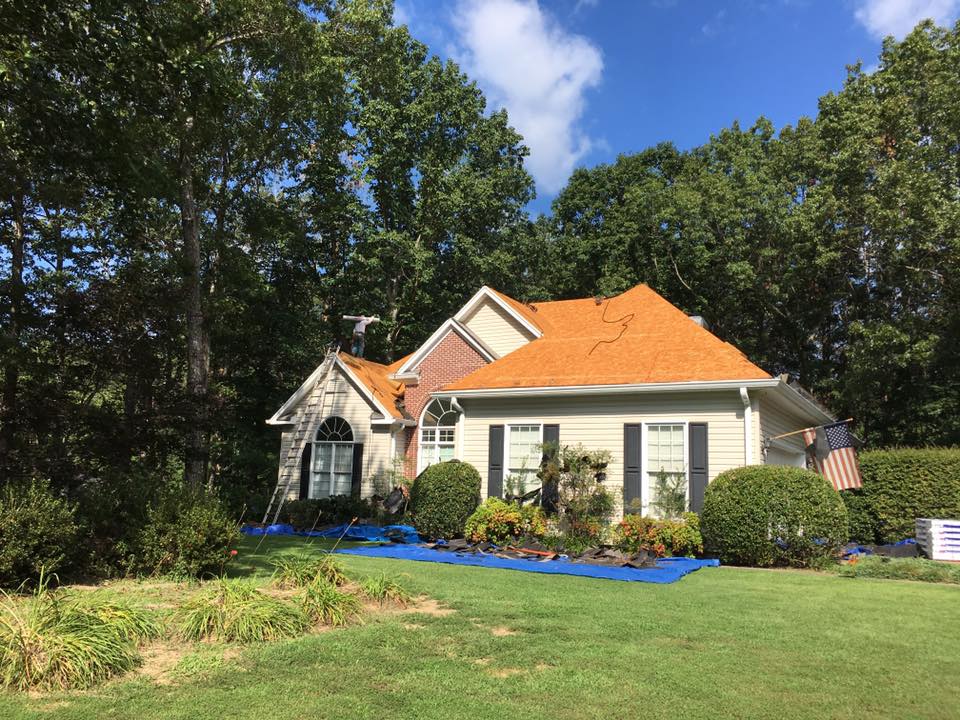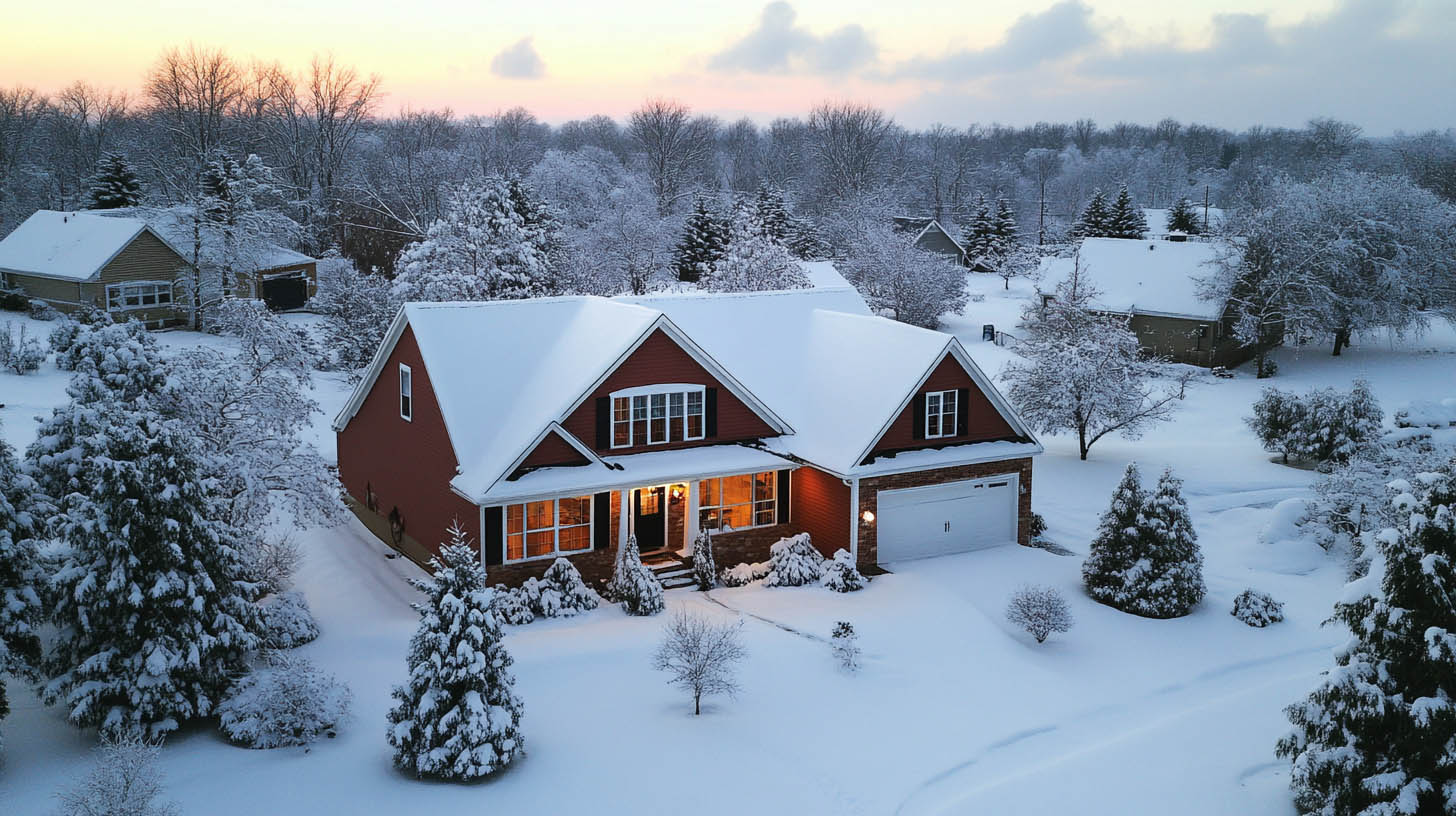When maintaining a commercial building, the roof is a critical component that demands regular attention. Issues with the roof can lead to extensive damage and costly repairs if not addressed promptly. At United Contracting & Roofing LLC, we emphasize the importance of timely roof inspections. United Contracting & Roofing LLC, a trusted name in Greenville, SC, offers free roof inspections to help identify and address potential problems before they escalate.
Key Signs Your Commercial Roof Needs Inspection
1. Damaged Shingles
Damaged shingles are a clear indicator that your roof needs attention. Look for cracked, curled, or missing shingles. Dark spots or signs of dirt on the shingles are also red flags. Promptly addressing these issues can prevent more significant damage.
2. Roof Age
Roofs have a lifespan, and if yours is over 20 years old, it’s time for an inspection. Older roofs are more susceptible to damage and may pose safety risks. Regular inspections can help you determine if a replacement is necessary.
3. Water Stains
Water stains on interior walls or ceilings are signs of roof leaks. These leaks often start small and worsen over time. Identifying and fixing them early can prevent extensive water damage to your building.
4. Algae Growth
Algae thrive in warm, moist environments, and roofs provide ideal conditions. If you notice algae growth on your roof, it’s time for an inspection. Removing algae safely and addressing the underlying moisture issue is crucial.
5. Flashing Damage
Inspect the flashing around vents, chimneys, and skylights. Cracks or breaks in the flashing can lead to leaks. Older buildings often have flashing made of tar or cement, which may need to be upgraded to metal flashing for better protection.
6. Granules in the Gutter
Finding granules in your gutters is normal for new roofs. However, if your roof is older, this could indicate that the shingles are deteriorating. An inspection can help assess the extent of the damage and determine the next steps.
7. Sagging Roof
A sagging roof suggests structural issues that need immediate attention. Causes can range from framing problems to faulty roofing materials. Identifying and addressing these issues promptly can prevent further damage and potential safety hazards.
Additional Warning Signs
Aside from the primary signs mentioned above, other indicators that your roof needs an inspection include:
- Gutter waterfalls
- Storm damage
- Soft spots on the roof interior
- Loose material around pipes
- Bald spots
- Dark streaks and stains
- Moss in the roof corners
- Ice dams
- Fungus
- Small dimples in the roof surface
- Sunlight showing through the roof
- Blistering exterior paint
- Wear and tear around roof openings
- Higher energy bills
- Cracked caulk
- Damaged fascia board
- Rusty metal flashing
- Cracks on the roof sheathing
Increased heating costs can also be a sign that warm air is leaking through the roof. A professional inspection can identify and rectify such issues.
What to Expect from a Free Roof Inspection
A free roof inspection from United Contracting & Roofing LLC will provide peace of mind and save you money. The inspection includes:
- Checking the roof exterior and interior
- Identifying signs of moss, lichen, and rust spots on flashing
- Detecting chimney cracks and improperly seated nails
- Assessing damaged downspouts
- Measuring attic ventilation
- Performing thermographic readings
After the inspection, you’ll receive a detailed report with maintenance and repair recommendations. Most contractors, including United Contracting & Roofing LLC, provide free estimates and advice on roof care.
Conclusion
For a reliable roof inspection, turn to professionals like United Contracting & Roofing LLC. Even if you can spot some issues from the ground, only a thorough inspection can uncover all potential problems. When replacing or repairing your roof, choose qualified contractors with proven experience. Contact United Contracting & Roofing LLC for a free commercial roof inspection and ensure your building’s safety and longevity.For Strategies for Managing Different Levels of Commercial Roof Damage, click here.








